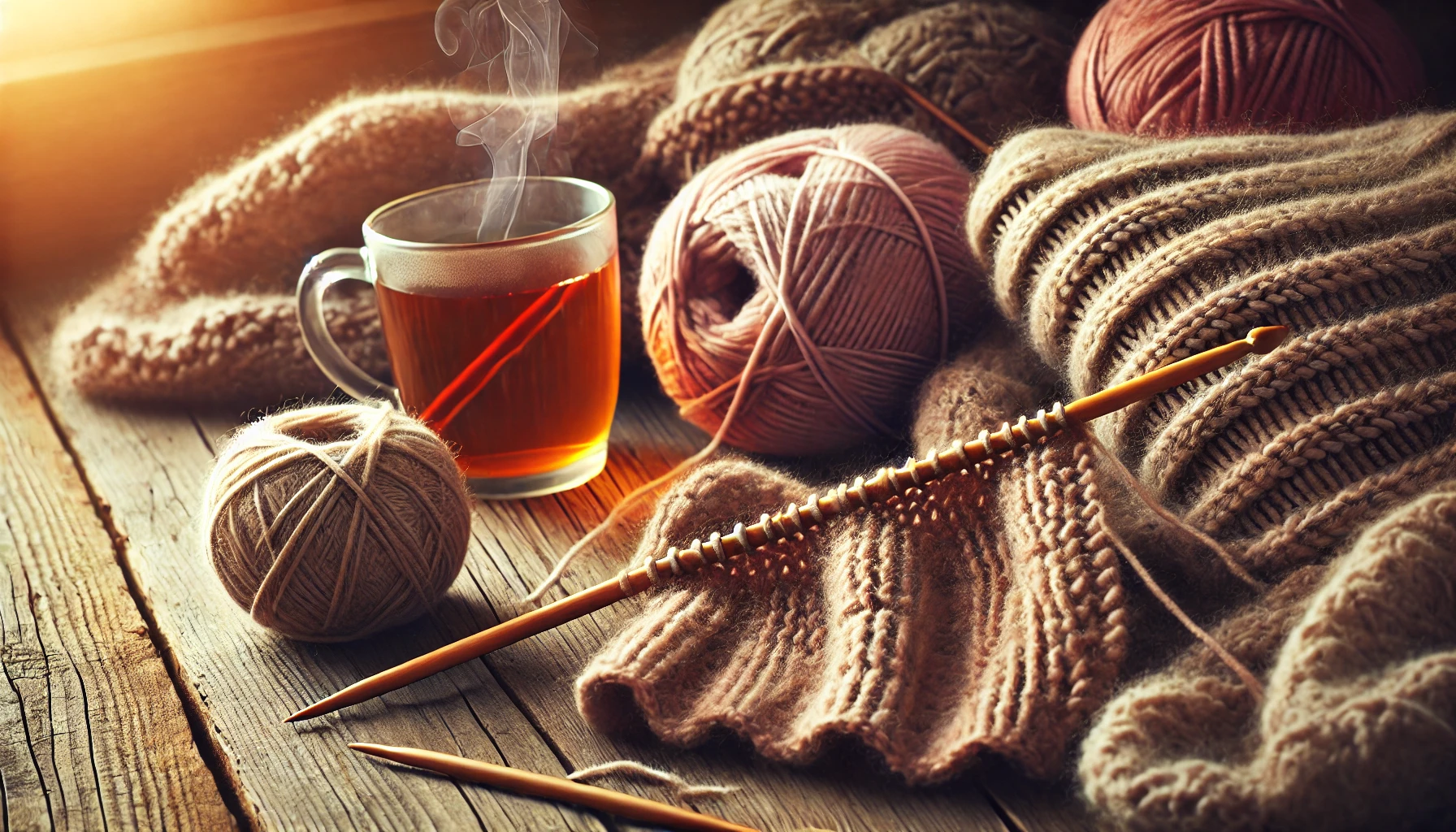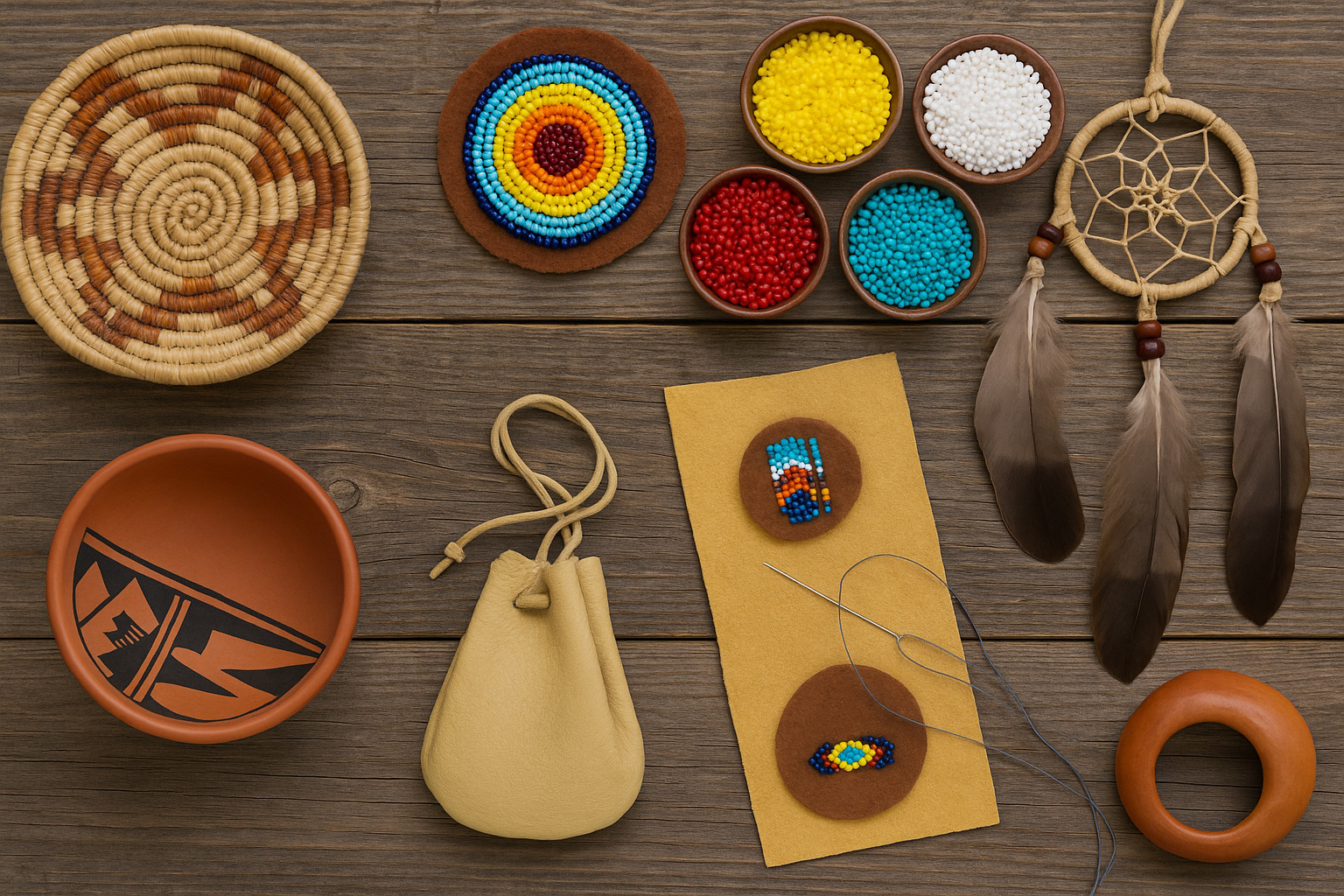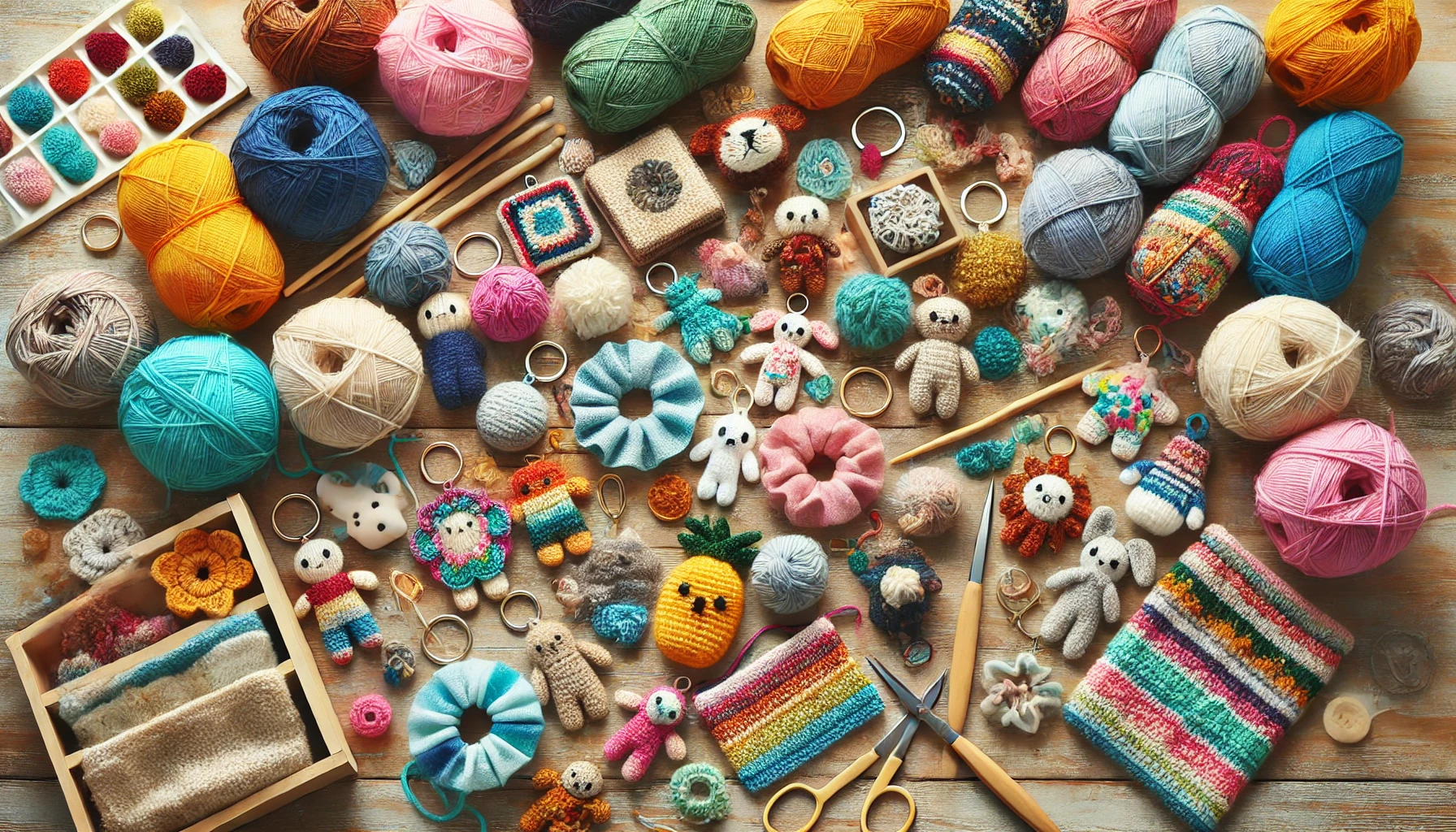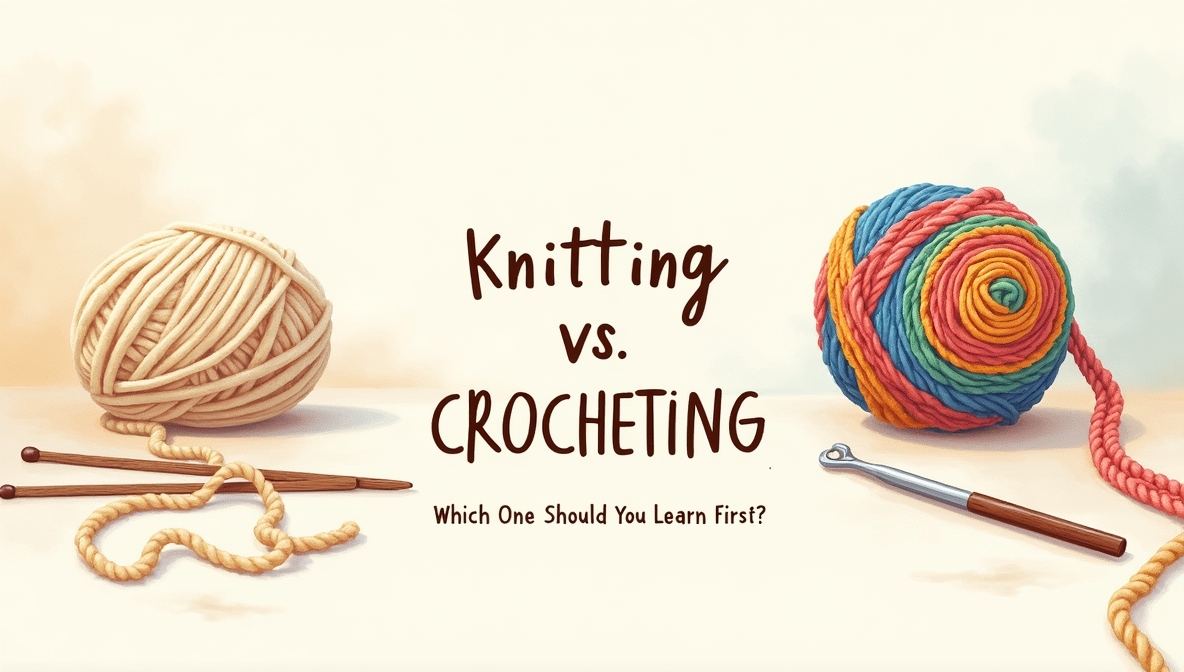Knitting is one of those timeless skills that people have relied on for warmth and creativity for generations. The act of turning a simple ball of yarn into something functional and personal feels almost magical. A scarf is the perfect beginner project—straightforward, forgiving, and rewarding.
If you’ve ever wanted to knit but felt overwhelmed by complicated patterns or endless lists of supplies, don’t worry. You don’t need a fancy toolkit or years of experience to make a beautiful, handmade scarf. All you need are the right materials, a few basic stitches, and some patience.
This guide will walk you through everything step by step, from choosing the best yarn to binding off your final row. By the time you finish, you’ll have a cozy scarf and a brand-new skill to be proud of.
Getting Started: What You Need
Before you begin, gathering the right materials will make the process much smoother. You don’t need to overcomplicate things—stick to the basics, and you’ll be knitting in no time.
Choosing Your Yarn
The type of yarn you pick will impact how your scarf looks and feels. Some things to consider:
- Weight – A medium-weight yarn (worsted weight) is great for beginners because it’s easy to work with and knits up relatively fast.
- Texture – Avoid anything too fuzzy or slippery. Smooth, soft yarn will make it easier to see your stitches.
- Fiber – Wool is warm, acrylic is affordable, and cotton is breathable. Pick what works best for your needs.
Picking the Right Needles
Knitting needles come in different sizes and materials. For a simple scarf, a size 8 to 10 (US) needle is a good starting point. Bamboo or wooden needles are easier to grip, while metal ones allow stitches to slide more easily.
Other Supplies
- Scissors
- Tapestry needle (for weaving in ends)
- Measuring tape (optional)
Once you have everything ready, you’re set to cast on and begin!
Step 1: Casting On Your Stitches
Casting on is how you get your first row of stitches onto the needle. A simple long-tail cast-on is a great choice for beginners because it provides a clean edge and a bit of stretch.
- Leave a long enough tail (about three times the width of your scarf).
- Make a slipknot and place it on your needle.
- Use your thumb and index finger to create a loop and pull the yarn through to form stitches.
Continue until you have the number of stitches needed for your scarf width. For a standard scarf, 30 to 40 stitches is a good range, but you can adjust based on preference.
Step 2: Mastering the Knit Stitch
The knit stitch is the foundation of knitting. It’s simple, repetitive, and all you need to make a garter stitch scarf, which lies flat and has a textured, cozy feel.
How to Knit a Stitch
- Hold the needle with the cast-on stitches in your left hand.
- Insert the right-hand needle into the first stitch from front to back.
- Wrap the yarn around the right-hand needle.
- Pull the loop through and slip the old stitch off the left-hand needle.
Repeat across the row until you reach the end. Turn your work and knit every row the same way.
Step 3: Keeping Your Edges Neat
A common beginner struggle is uneven edges. Here’s how to keep them straight:
- Consistent Tension – Don’t pull too tight or leave stitches too loose.
- Slip the First Stitch – Instead of knitting the first stitch of every row, simply slip it onto the right-hand needle. This creates a smoother edge.
- Check Your Work – If you accidentally add or drop a stitch, count your stitches after every few rows.
Step 4: Knitting Until You Reach Your Desired Length
Keep knitting row after row until your scarf is as long as you want it to be. A typical scarf is about 60 inches long, but there’s no strict rule. Hold it up to check the length as you go.
If you want a little variety, you can add color changes by switching yarns, or experiment with a simple ribbing pattern by alternating knit and purl stitches.
Step 5: Binding Off (Casting Off)
Once your scarf is long enough, it’s time to bind off so the stitches don’t unravel.
How to Bind Off
- Knit the first two stitches as usual.
- Use the left-hand needle to lift the first stitch over the second and off the needle.
- Knit another stitch and repeat until only one stitch remains.
- Cut the yarn, leaving a small tail, and pull it through the last loop to secure.
Step 6: Finishing Touches
Even though the knitting is done, a few finishing steps will make your scarf look polished and last longer.
Weaving in the Ends
- Thread the tail of the yarn onto a tapestry needle.
- Weave it through the stitches on the back of the scarf to secure it.
- Trim any excess yarn.
Blocking (Optional)
Blocking helps even out stitches and set the final shape.
- Lay the scarf flat on a towel.
- Lightly mist it with water or steam it with an iron (without touching the fabric directly).
- Let it dry completely before wearing.
Troubleshooting Common Mistakes
Every beginner makes a few mistakes. The key is knowing how to fix them without getting frustrated.
Fixing Dropped Stitches
If you notice a stitch has slipped off, don’t panic. Use a crochet hook or knitting needle to pull the stitch back up through the rows.
Avoiding Unintended Increases or Decreases
If your scarf is getting wider or narrower by accident, you may be:
- Accidentally adding stitches by knitting into the loop below.
- Skipping stitches by dropping one off the needle too soon.
Count your stitches regularly to catch mistakes early.
Final Thoughts
Knitting a scarf is a simple yet satisfying project that teaches the basics while giving you something cozy to wear or gift. The best part? There’s no rush. Take your time, enjoy the process, and let your hands get comfortable with the rhythm of knitting.
Once you’ve finished your first scarf, you’ll probably want to start another—maybe experimenting with different stitches, colors, or even adding fringe. That’s the beauty of knitting: there’s always something new to try. So grab your needles, pick up your yarn, and start stitching. Before you know it, you’ll have a handmade piece that’s as warm as the effort you put into it.




